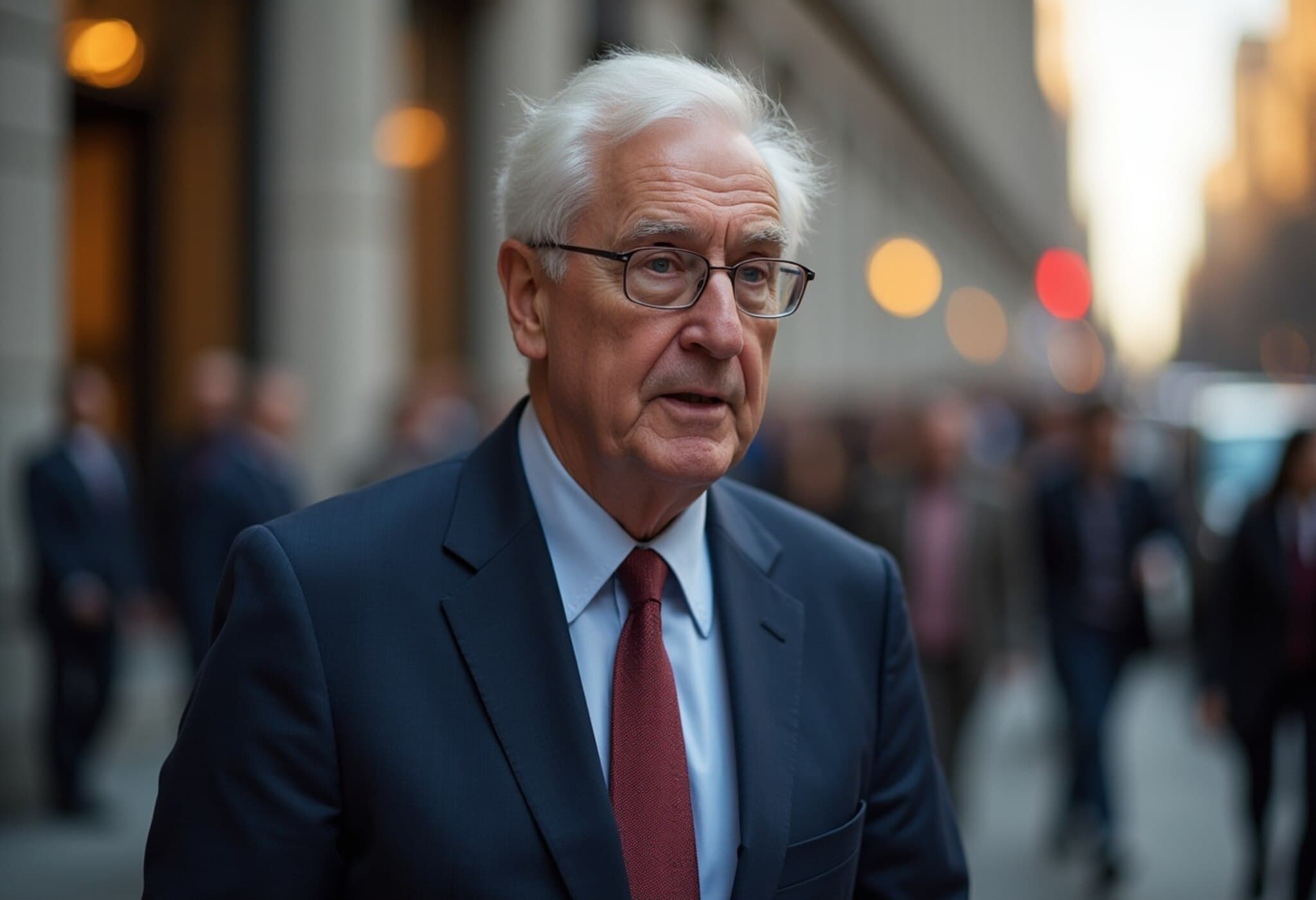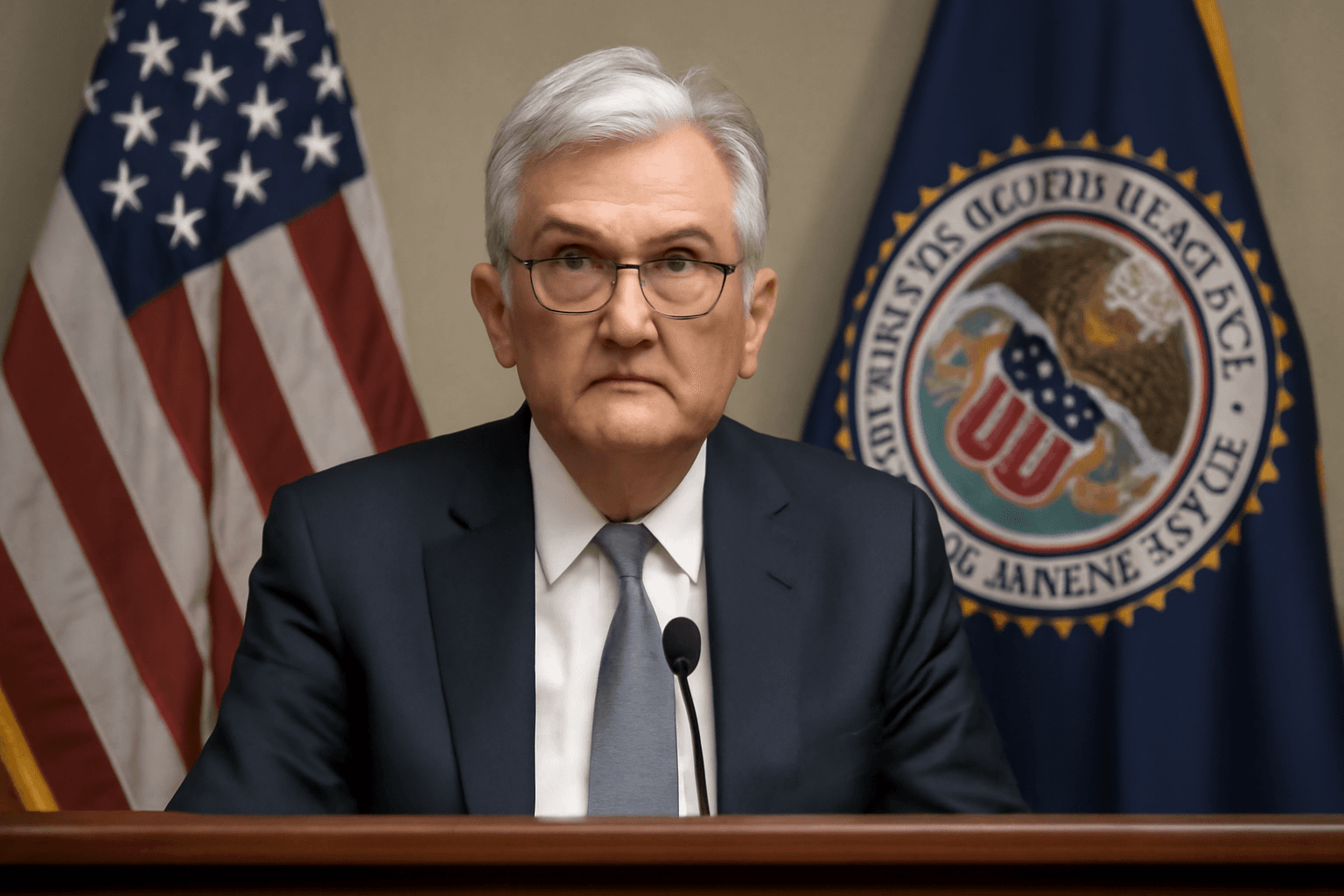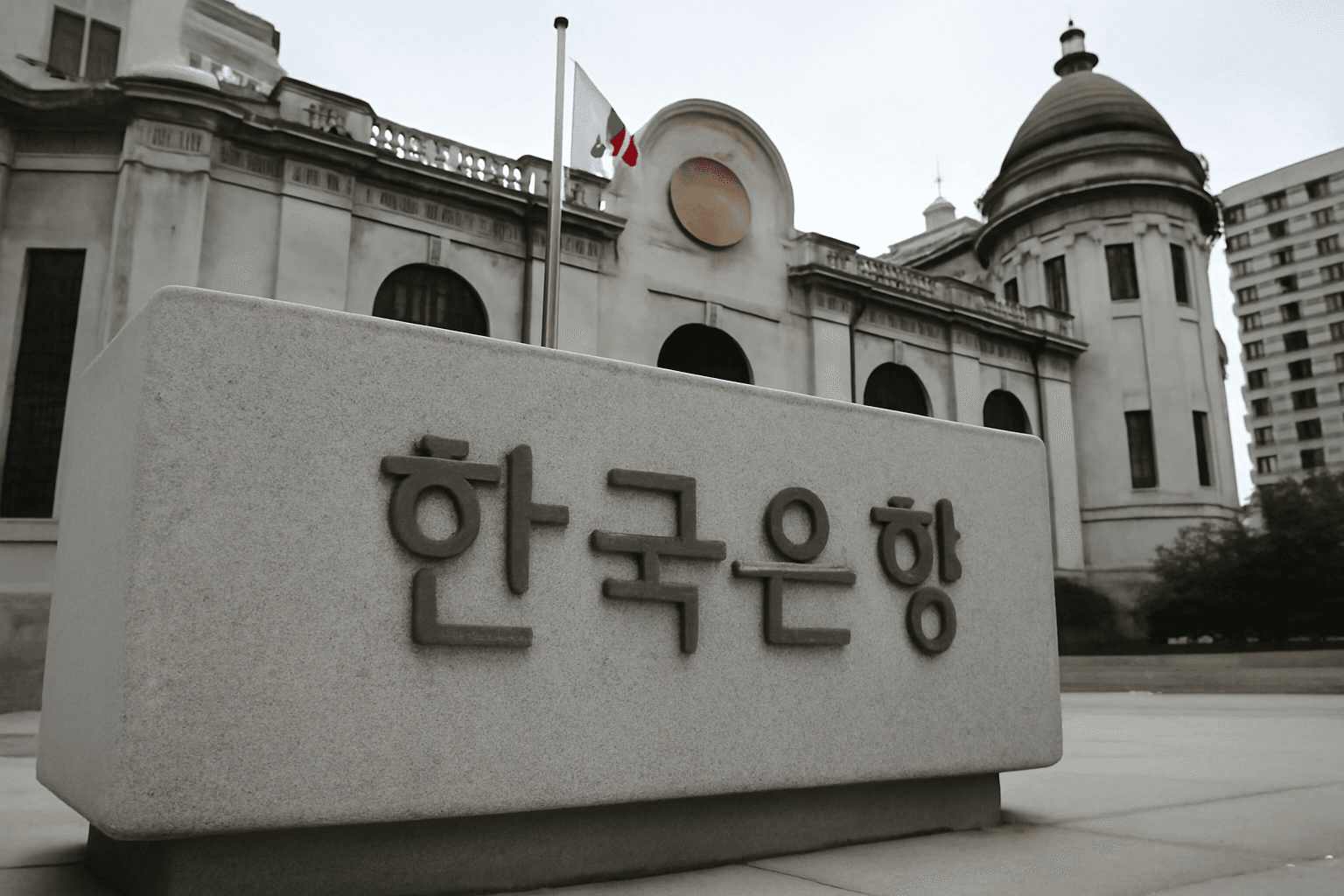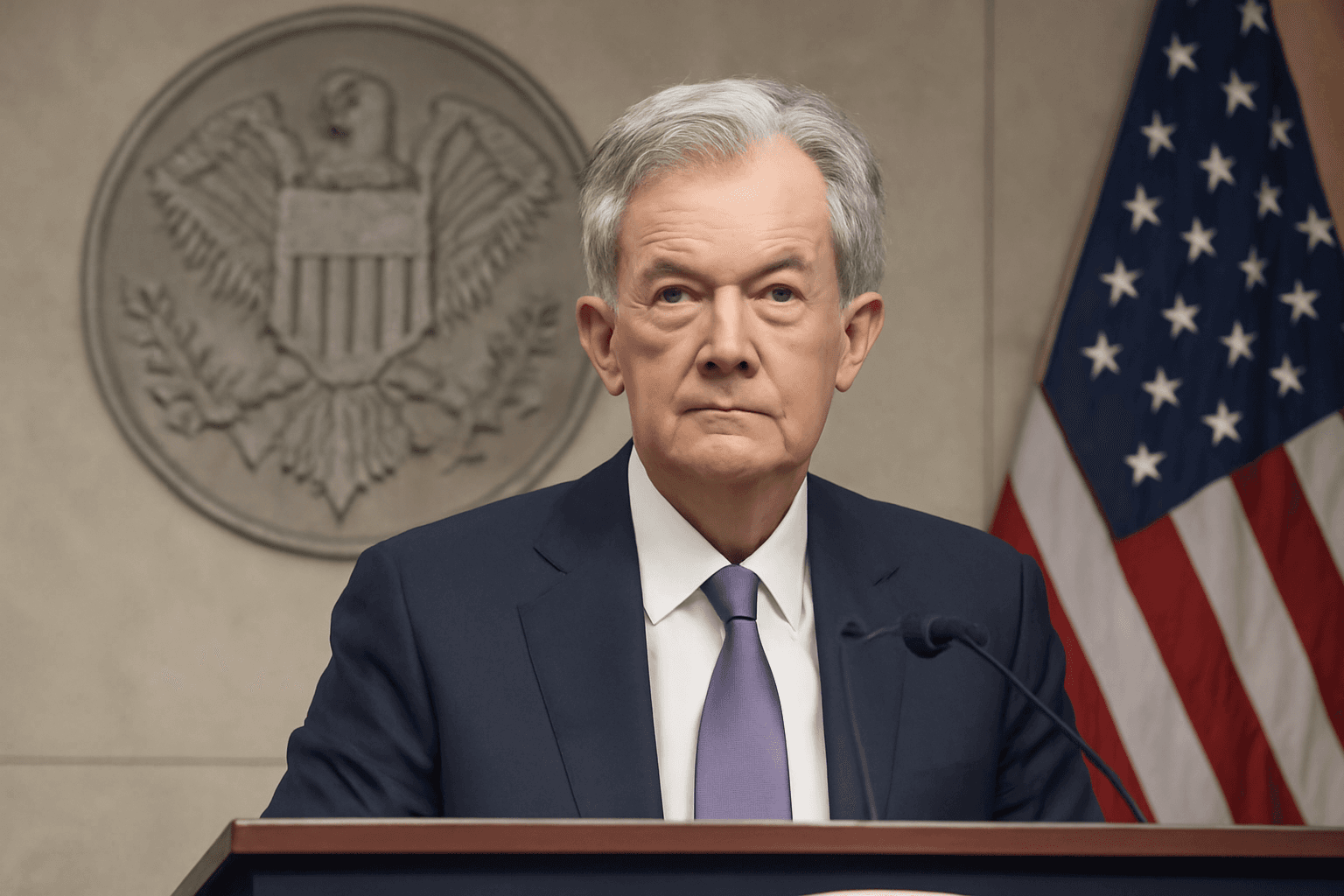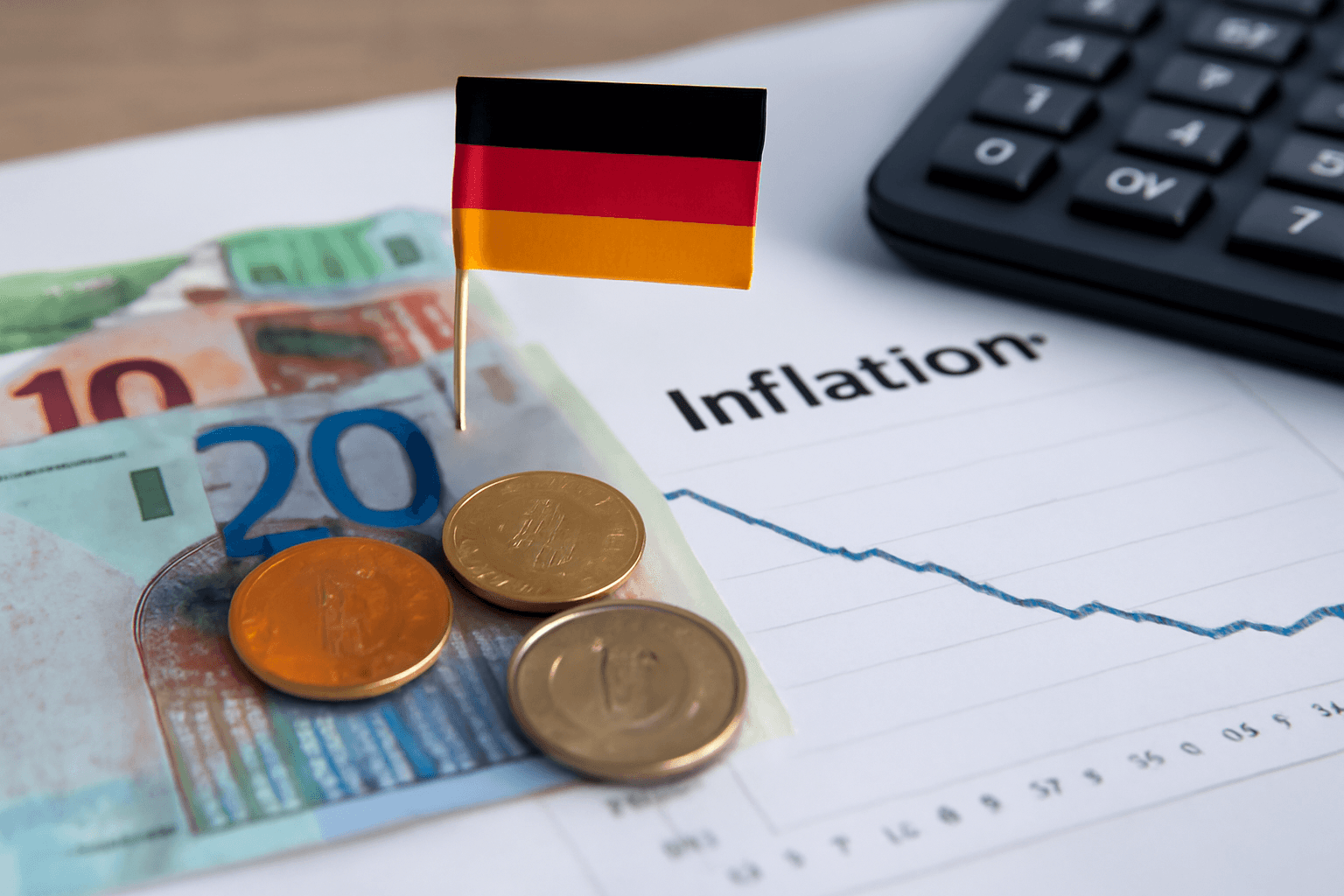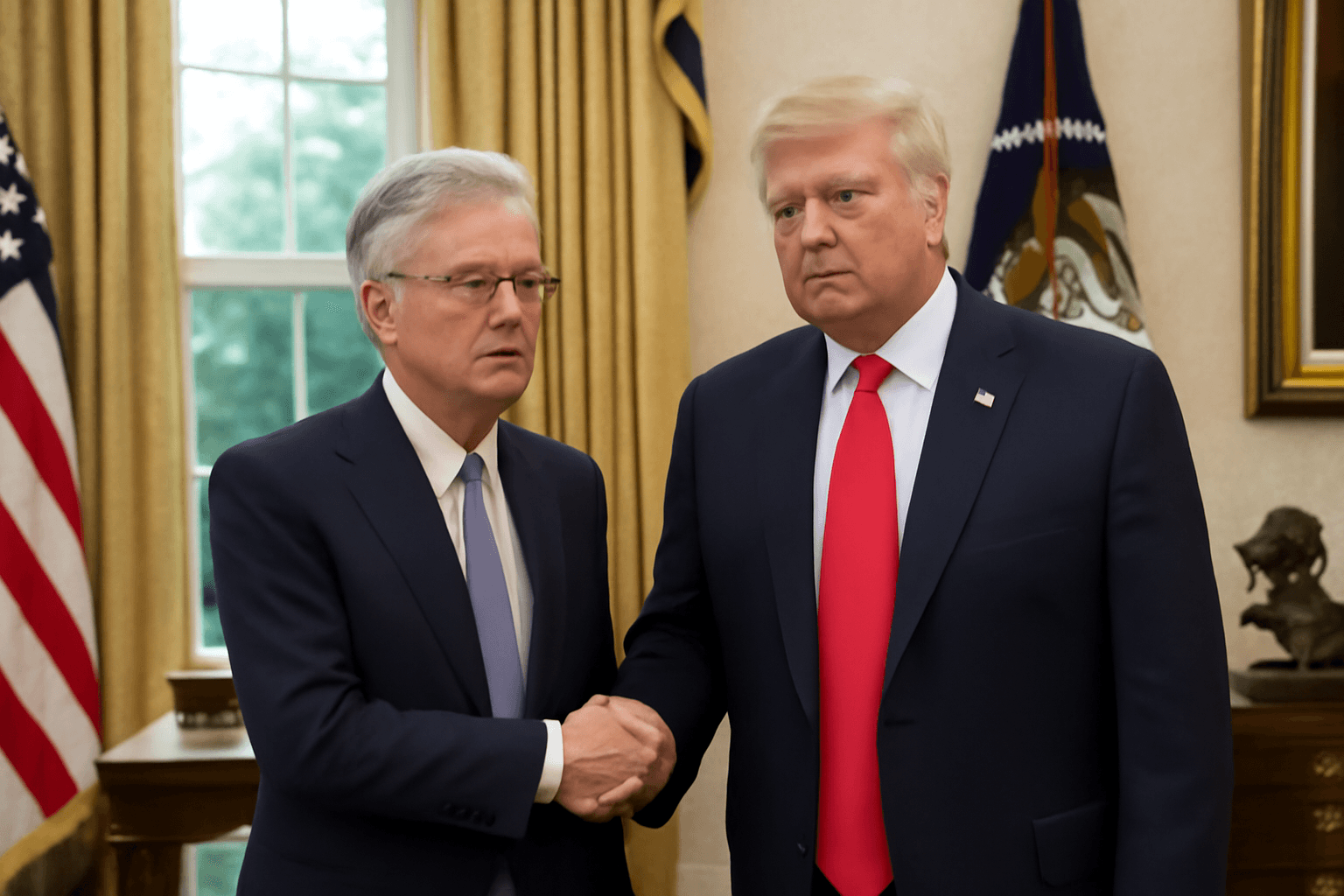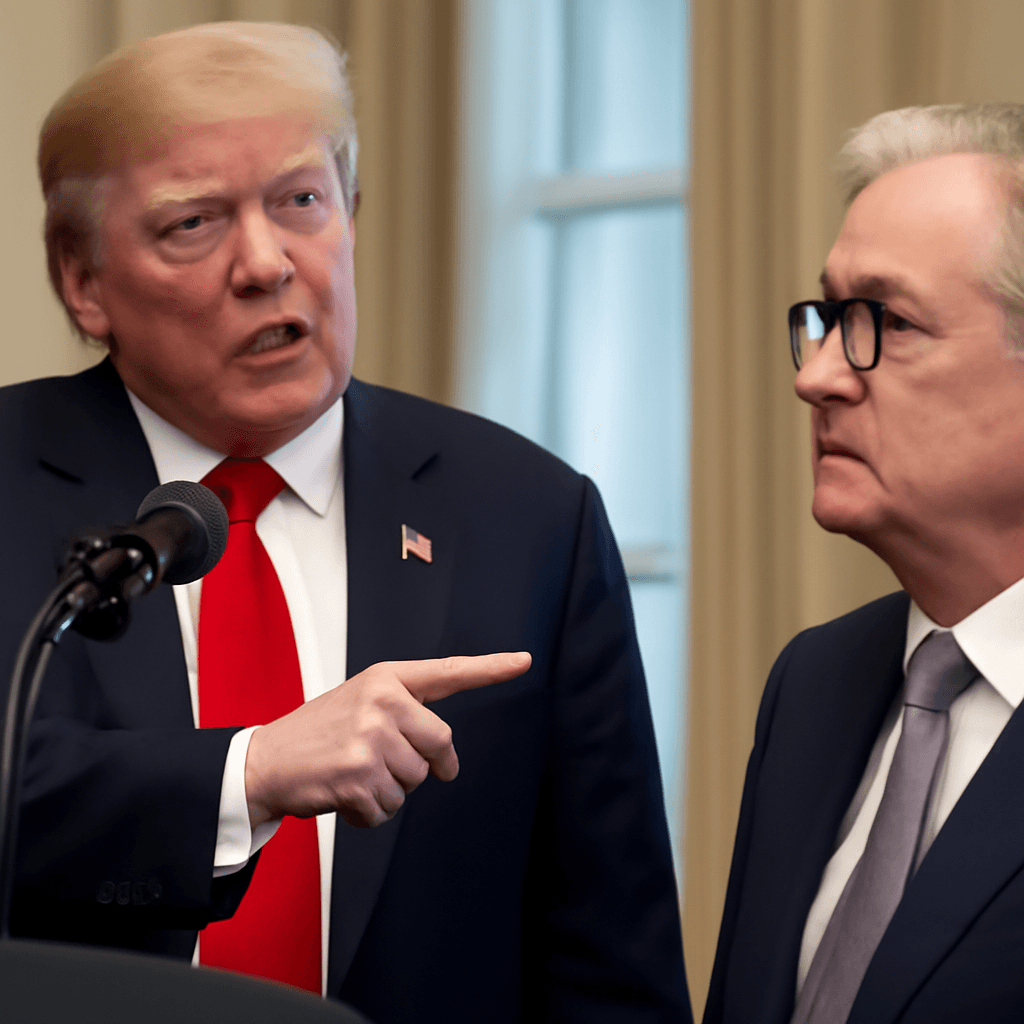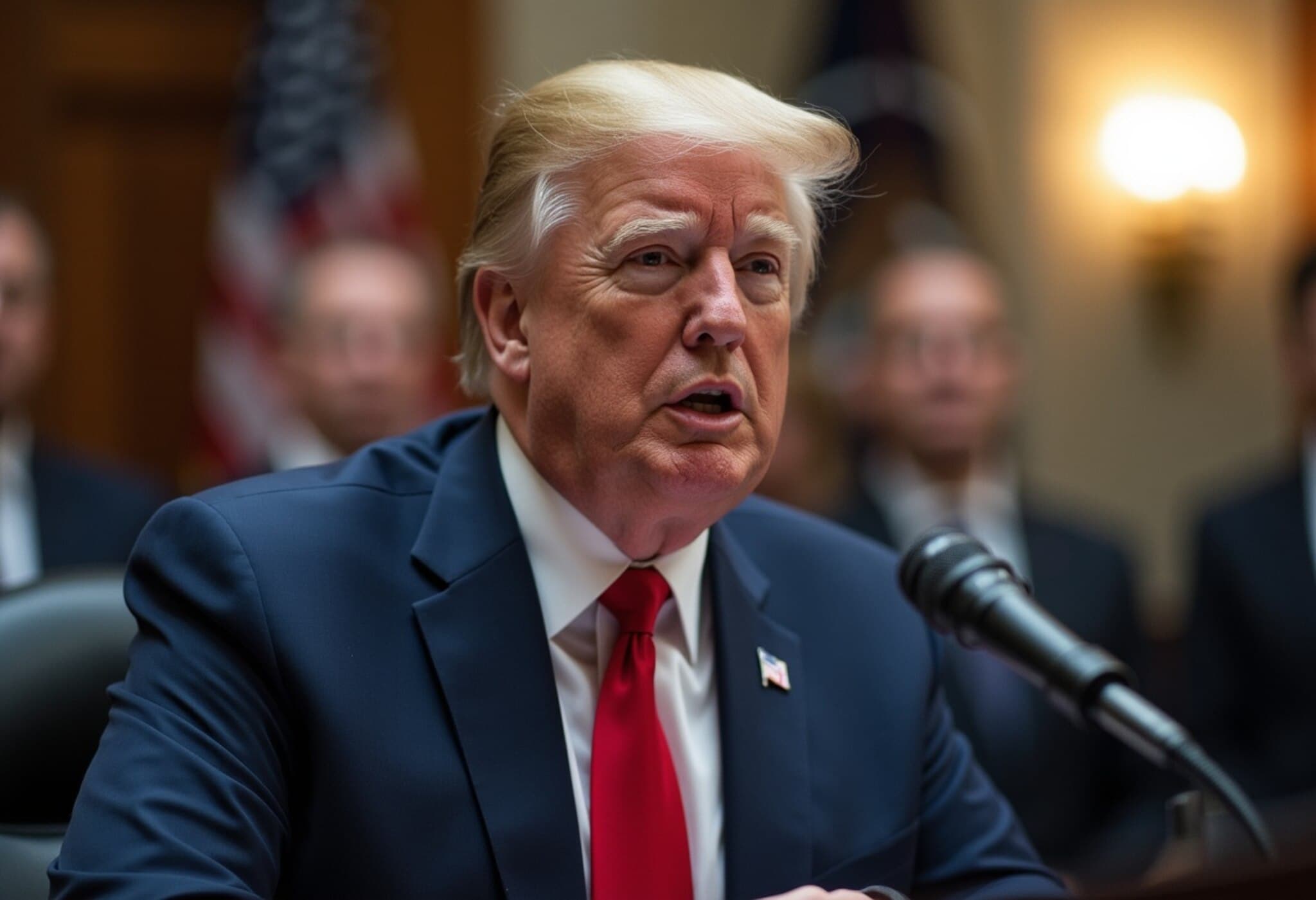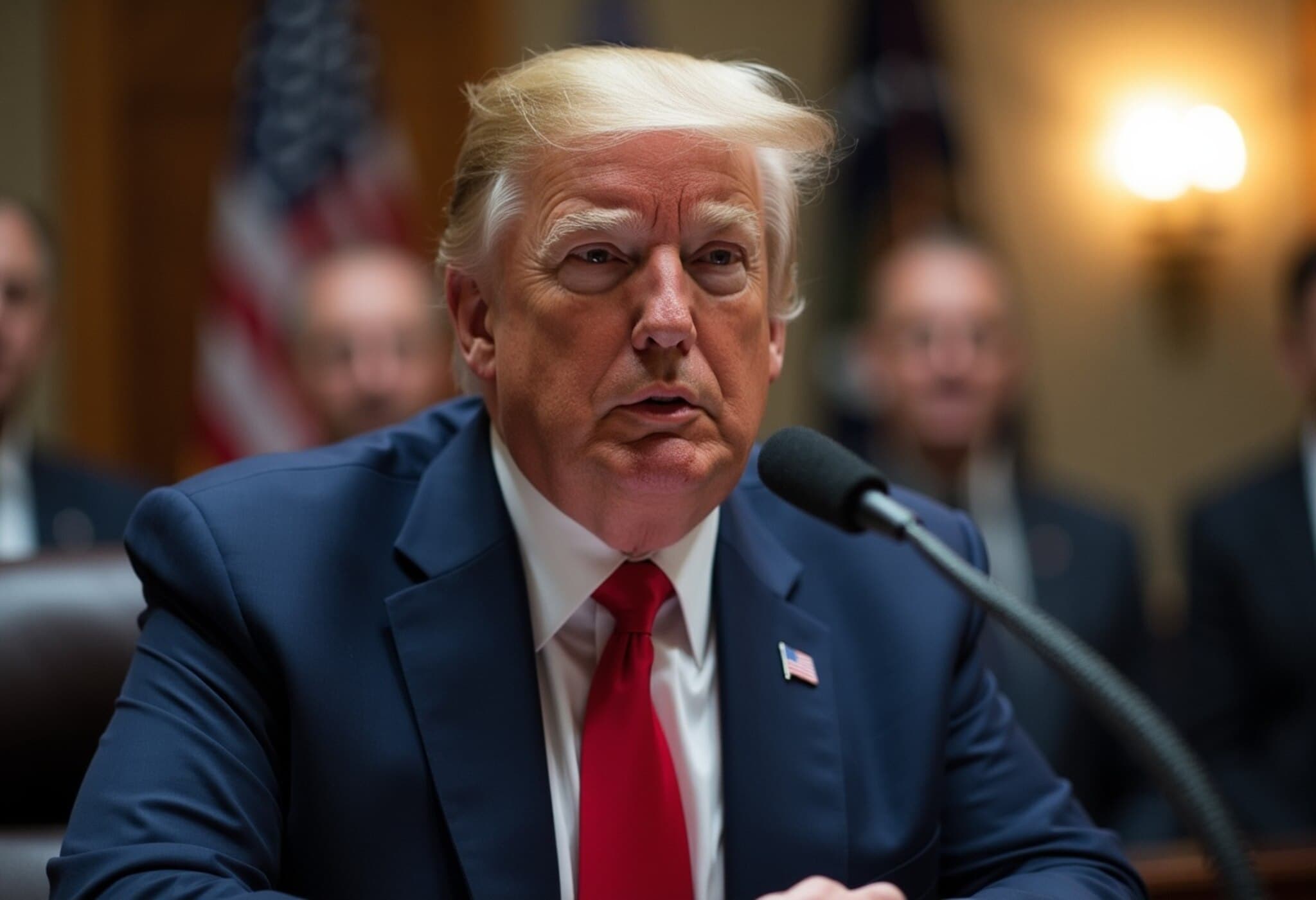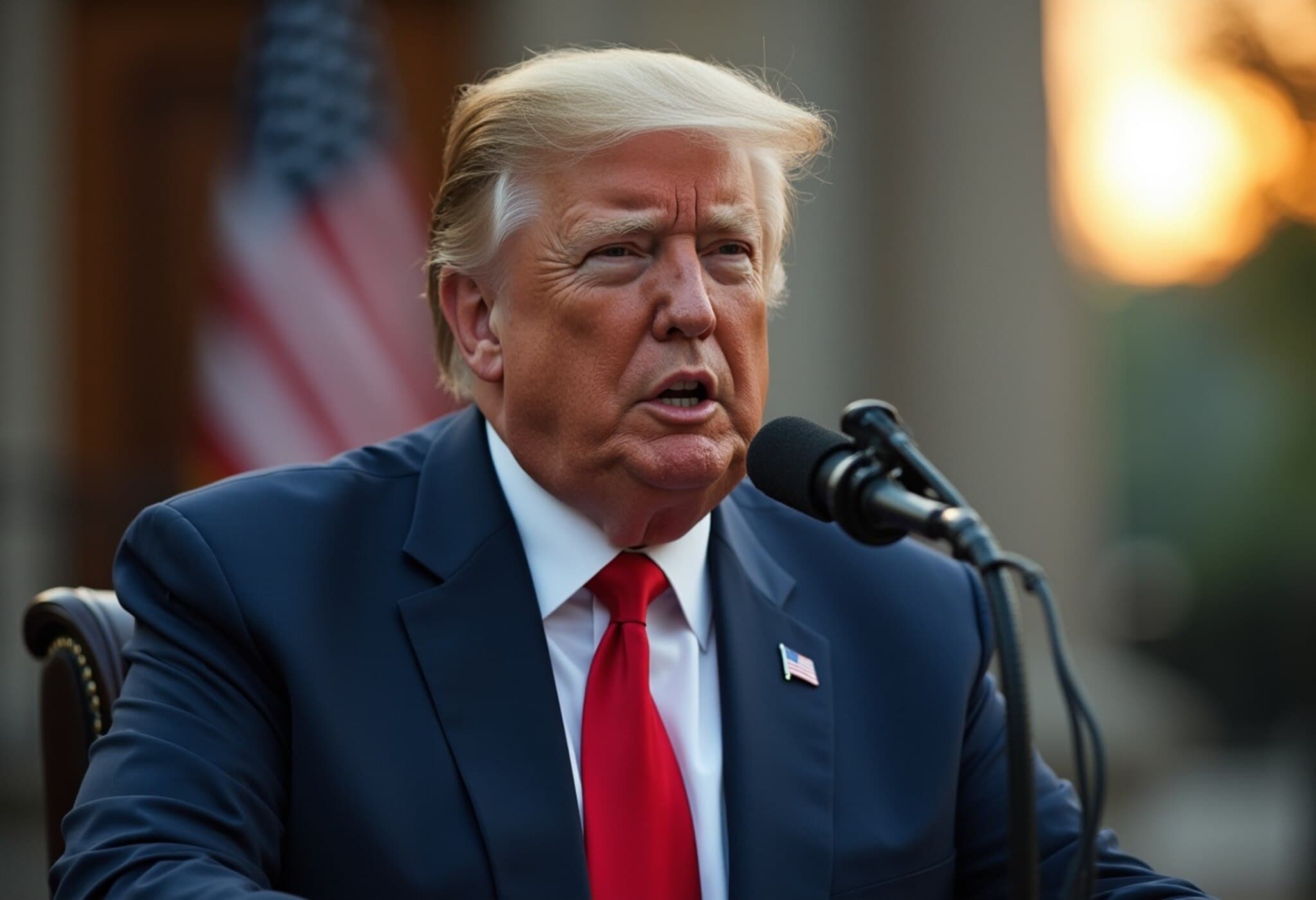Markets Signal September Rate Cut Off the Table as Fed Maintains Cautious Stance
As summer draws to a close, financial markets are increasingly skeptical about a Federal Reserve interest rate reduction in September. This shift follows Federal Reserve Chair Jerome Powell's recent remarks, which conveyed a guarded approach amid persistent economic uncertainties, especially the inflationary impacts of ongoing tariffs.
Federal Reserve Holds Rates Steady for the Fifth Meeting in a Row
On Wednesday, the Federal Open Market Committee (FOMC) chose to keep the benchmark overnight borrowing rate unchanged at 4.33%, marking the fifth consecutive meeting without a rate move. The CME Group’s FedWatch tool quantified the market’s reaction — cutting the probability of a September rate cut to roughly 40% from previous expectations.
The September federal funds rate futures imply a level near 4.225%, slightly lower than the current rate but signaling skepticism that policymakers will act soon. Investors interpreted Powell’s remarks and the relatively unchanged post-meeting statement as clear signals the Fed is in a “wait and watch” mode, preferring to gather more information before making policy adjustments.
Jerome Powell’s Balanced Approach: Guarding Against Inflation While Watching Economic Ripples
Speaking at his post-meeting press conference, Chair Powell emphasized the Fed’s cautious yet steady hand: For now, we’re well positioned to understand how the economy is evolving and weigh the risks before changing our stance.
He stressed that current policy is suitably calibrated to protect against inflationary pressures but left open the possibility of future rate cuts, though these are almost certainly months away.
The Fed’s hesitance to move in September stems partly from the unpredictable effects of tariffs, which could ignite unforeseen inflation spikes. This layered uncertainty means policymakers prefer patience, eyeing data that will crystallize the economy’s June trajectory and beyond.
Market Commentary: Embracing Uncertainty as the New Normal
Jill Gateman, Co-Head of U.S. Commercial Banking at TD Bank, captures the market sentiment aptly: It almost feels like they won’t decide until they can say there’s no uncertainty left in the economy.
She adds, Uncertainty is the new constant, and we have to get comfortable with that. There are simply too many variables in play to expect a clear-cut signal anytime soon.
Political Tensions Surface as Trump Criticizes Fed’s Approach
Notably, Chair Powell’s cautious stance hasn’t gone unnoticed in political circles. Former President Donald Trump took to his platform, Truth Social, to openly criticize Powell, accusing him of being “too late” and politically motivated in his decisions. Trump’s rebuke came just days after a reportedly cordial meeting between the two at the Fed’s Washington, D.C., headquarters.
Powell, for his part, described the encounter as pleasant
and an honor to host the president.
The episode underscores the often-tense relationship between Fed policy decisions and the political environment, highlighting the challenge of central banking amid intense public scrutiny.
Behind the Markets: Inflation Data and Economic Indicators Set the Stage
Markets’ reaction to the Fed's stance was swift albeit short-lived; a dip in stock prices Wednesday reversed Thursday as robust technology earnings restored some confidence. However, the broader economic landscape remains uncertain.
On Thursday, the Commerce Department released data showing the personal consumption expenditures (PCE) price index, the Fed’s preferred inflation gauge, climbed to 2.6% in June — its highest level since February. Core inflation, which excludes volatile food and energy prices, rose even more sharply to 2.8%. These figures reinforce the cautious Fed approach.
Looking Ahead: Why October or December Looks More Likely for Rate Cuts
According to John Velis, Americas Macro Strategist at BNY Mellon, a rate cut before December is unlikely. He explains: By year-end, the economy will likely soften, and we’ll have more clarity on how tariffs are affecting prices. My base case for a rate cut is December, pending economic data over the next few months.
Powell echoed this data-driven prudence at the press conference, noting, We need to see more economic signals; outcomes could head in many directions.
Investors and analysts are now setting their eyes on the Fed’s August annual retreat in Jackson Hole, Wyoming — a forum historically used by Chair Powell to share critical policy insights.
Expert Perspectives: The Fed’s Long-Term Policy Outlook
Sue Hill, Head of the Government Liquidity Group at Federated Hermes, provides a sobering view: We can't expect to hold rates at this elevated level indefinitely. Eventually, the Fed will need to remove some accommodation and steer toward a neutral monetary policy.
She highlights the delicate balancing act the Fed faces between cooling inflation and sustaining economic growth.
Key Takeaways
- Current Fed policy: Maintaining rates at 4.33% to manage inflation risks.
- September rate cut: Market odds have declined sharply, now near 40%.
- Economic indicators: Inflation ticked higher in June, complicating the Fed’s decision-making.
- Political dynamics: Fed actions continue to draw sharp critique amid broader economic policy debates.
- Outlook: Likely rate reductions postponed to December, pending clearer economic data.
Editor’s Note
As the Federal Reserve navigates a complex web of inflation pressures, trade uncertainties, and political tensions, its cautious approach reflects the real-world complexities of policymaking. For investors and policymakers alike, the key will be patience and an unwavering focus on emerging data trends. Will the Fed’s prudent waiting game pay off in stabilizing the U.S. economy, or does it risk lagging behind accelerating inflationary forces? The next few months promise to be crucial – and closely watched.

